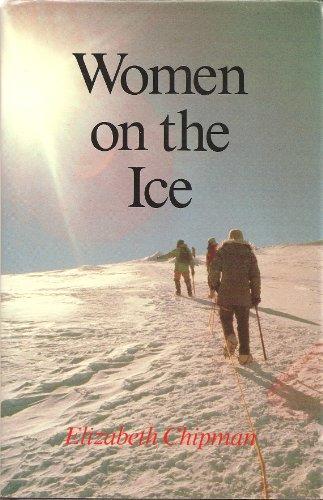The story of the first Australian women in Antarctica

THE YEAR was 1975, International Women’s Year, and Elizabeth Chipman was working as an administrator at the Australian Antarctic Division (AAD), then based in Melbourne, Victoria.
“At that time no woman had wintered and no women had travelled to the continent with Australian expeditions,” Elizabeth says.
“I could only point out that women – most of whom had been scientists – had often visited Macquarie Island during the summer changeover period.
“I had visited Macquarie Island a couple of times, and so had a few other women from Antarctic Division staff.”
Then, Elizabeth was called into the director of the Division’s office, and told she would be sent to work on the Antarctic continent.
“I was stunned for a split second before it dawned on me that I would at last see that magical place that had occupied my working life for the past 20 years.
“What a joy it was.”
Just like that, Elizabeth, joined by photographer Jutta Hösel and welfare officer Shelagh Robinson, were the first Australian women to travel to Antarctica.
In Antarctica it was Elizabeth’s job to provide information on the AAD’s work in Antarctica.
“Being among the first did not enter into my thinking, but you realise later that it can be a good thing so that others may see it as a possible goal,” Elizabeth says.

The book Elizabeth wrote about her Antarctic journeys.
And they did. Now, plenty of women: scientists, chefs, administrators, adventures and artists, work on the continent.
But what restricted Australian women from travelling to Antarctica in the first place?
According to Elizabeth, the “official excuse” was that there were no facilities for women: no separate toilets or sleeping quarters, and poorfitting clothing.
Indeed, Elizabeth had her fair share of run-ins with the latter.
“On my first visit to Macquarie Island we were given the same clothing issue as the men [this was back in 1967].
“Among such ill-fitting, too large and ridiculous items were string singlets and coveralls.
“Not being a bushwalker, and not knowing any better, I wore the regular issue UK Army boots ashore.
“I spent the next five days aboard ship on the journey home in stocking feet because of pain and blisters.”
The mentality changed with the onset of International Women’s Year in 1975 and the realisation that women were yet to join an Australian expedition to the icy continent.
Yet, living and working in Antarctica still isn’t easy for women. According to a study by the University of Tasmania, Antarctica doesn’t come without its own gender barriers.
Gender barriers including sexual harassment, the divying up of childcare responsibilities at home and domestic tasks on location, and lack of recognition are all detailed in sociologist Meredith Nash’s comprehensive report.
One woman interviewed for the report wrote about ill-fitting clothing:
Often women are issued with ill-fitting clothing which exposes them to risk (e.g. tight down reduces warming, long sleeves can get caught). Correct fitting has never been taken seriously and it is a discrimination issue that is never engaged with although I have raised it, as others have who are long-term and experienced field workers.
Another wrote about the dividing up of organisational tasks:
…On the station, women were always allocated the domestic tasks, such as kitchen-hand during re-supply. Very rarely were they given tasks on the wharf to assist with resupply. This changed slightly when women were wintering expeditioners, rather than summering expeditioners.
The report concludes that a commitment to addressing inequalities is a critical first step, but that “substantive change requires ongoing discussion with a diverse group of women about their research and fieldwork experiences, financial investment and long-term commitment.”
Elizabeth says that every woman working in Antarctica has the right to be free of bullying and harassment.
“I don’t know of any mother who does not worry about her children whether she is at home or abroad.
“The isolation of Antarctica adds an extra degree of difficulty, but surely the woman’s partner can manage the caring while she’s away?
“A single mother with young children who needs to go to the Antarctic should receive support.”
To improve the way women experience Antarctica, Elizabeth says we have to ensure more women work there and have them tell of their stories.

